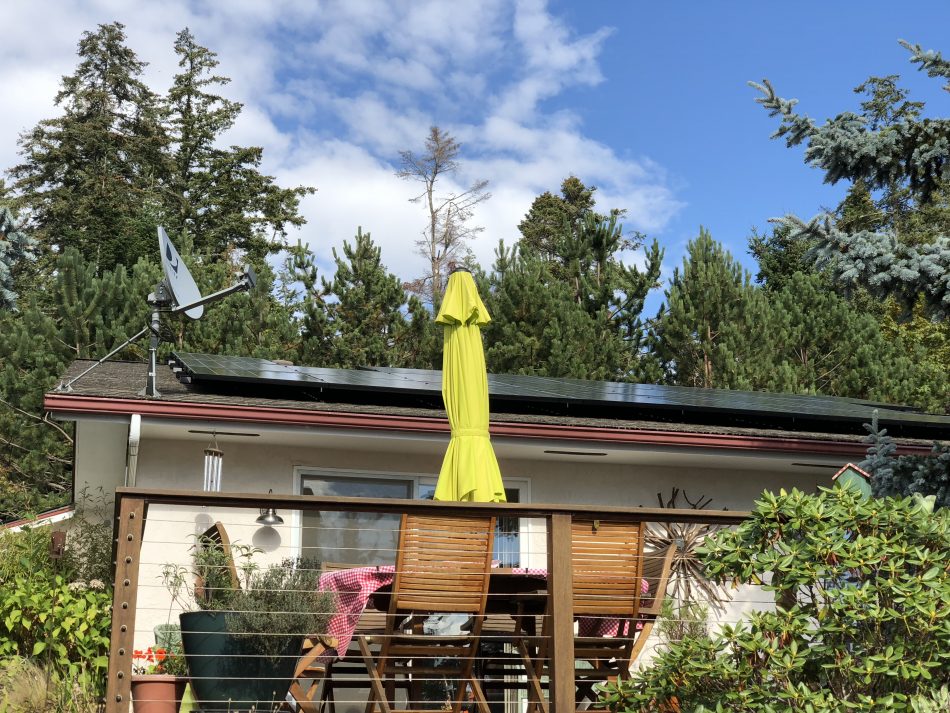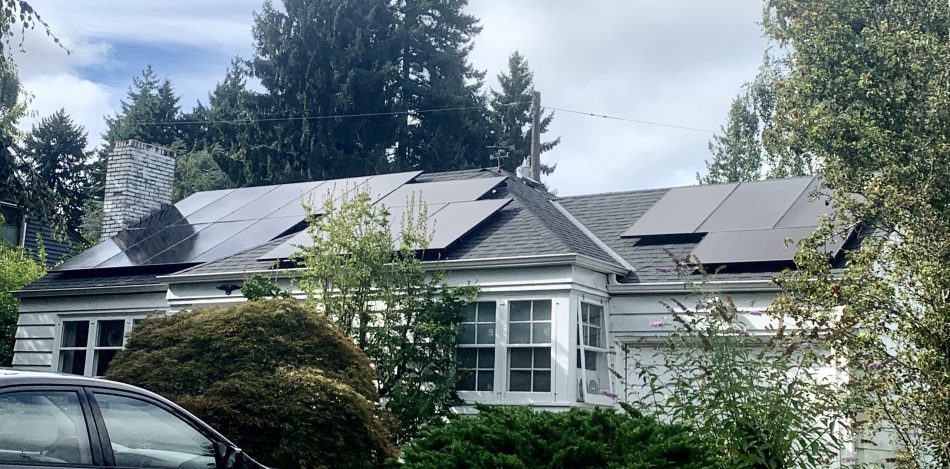Thinking of installing solar? How will you employ the usage of the sun’s power?
Will your system be closed loop Off-Grid; or will it be a back & forth Grid-Tied system?
Here is a description of these two available options.
Off-Grid
Historically, solar installations were viewed as an off-grid project. If the power company’s lines didn’t drop to your property, you could use solar to make your own electricity.
If your property is remote, or you have a desire to be fully or partially autonomous, you can still capture and keep your solar energy on site. This will require batteries and storage technology. The solar panels fill the battery with power and that electricity will be available for use. Sizing of the solar system, the dynamics of power generation, and storage capacity become considerations. Professionals such as myself can help you plan for this circumstance.
Grid-Tied
This is the most popular form of solar adoption. Installations are connected to the available electrical grid. Such interconnection offers reliability and convenience. Use the solar power you are creating and/or use the grid power when needed.
Owners of grid-tied systems are recognized by local utilities as Customer Generators. Your solar installation powers your own property as well as others, via the grid’s utility lines. As a Customer Generator, you will give the grid electricity when you are producing more than you can use. Then, later in the day, or later in the year, you will be able to use that 1:1 corresponding solar credit. This benefit is considered an important Incentive, and states without the incentive experience less solar adoption by utility customers.
In WA State we have a law that protects solar properties from ever being denied a 1:1 Credit for power they send to the grid. It is known as the Solar Fairness Act and this Net Metering Law protects Customer Generators. My blog post on the 2019 Legislative session.
Battery Back-up
If you have a grid-tied system and you would like clean, quiet power generation when the grid is out of commission, you have the option of adding batteries. Installing batteries at the same time you add the solar means that you can apply the Solar Investment Tax Credit to that cost as well. There may be a future savings depending upon how your utility bills you for electricity. In the NW, residential power delivery is most vulnerable in the Wintertime. Those are the shortest and darkest days. Therefore the battery storage must be sized aggressively enough to have the capacity needed to power the desired loads.


